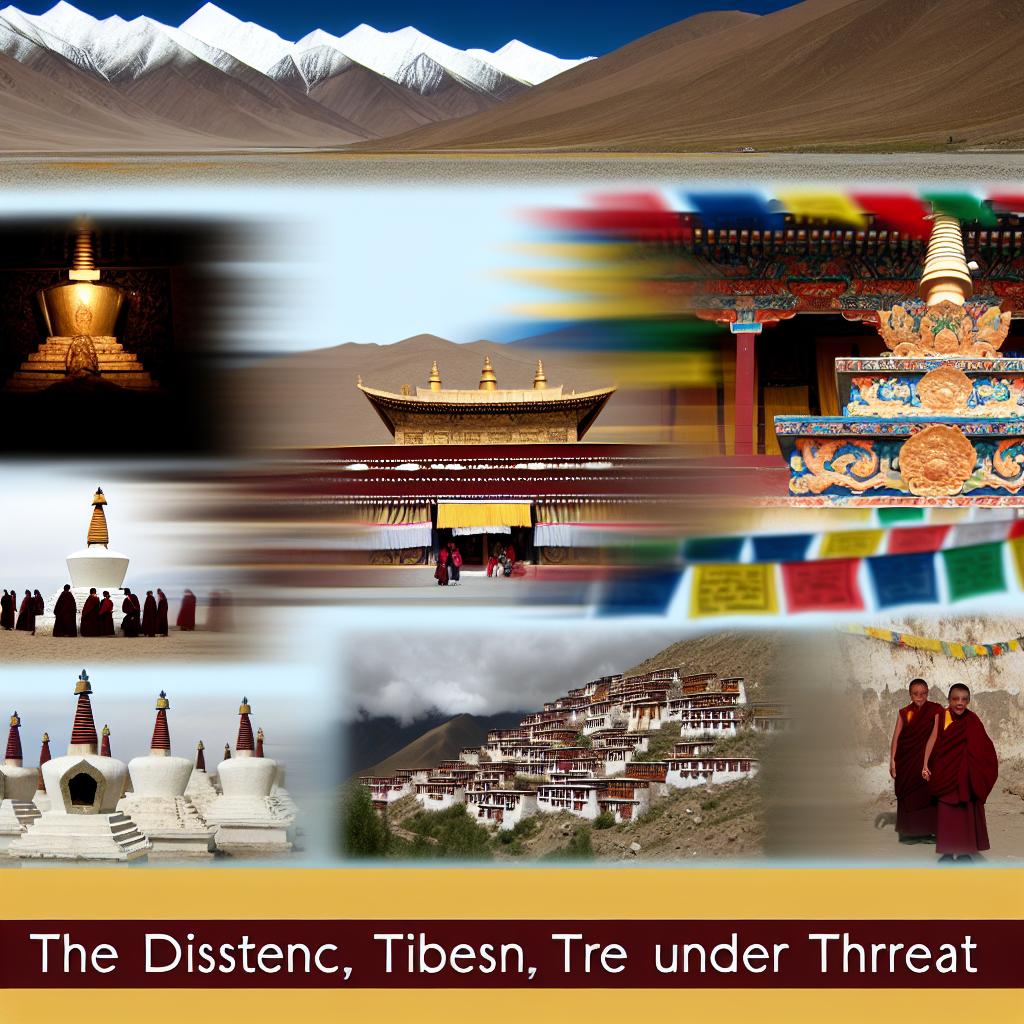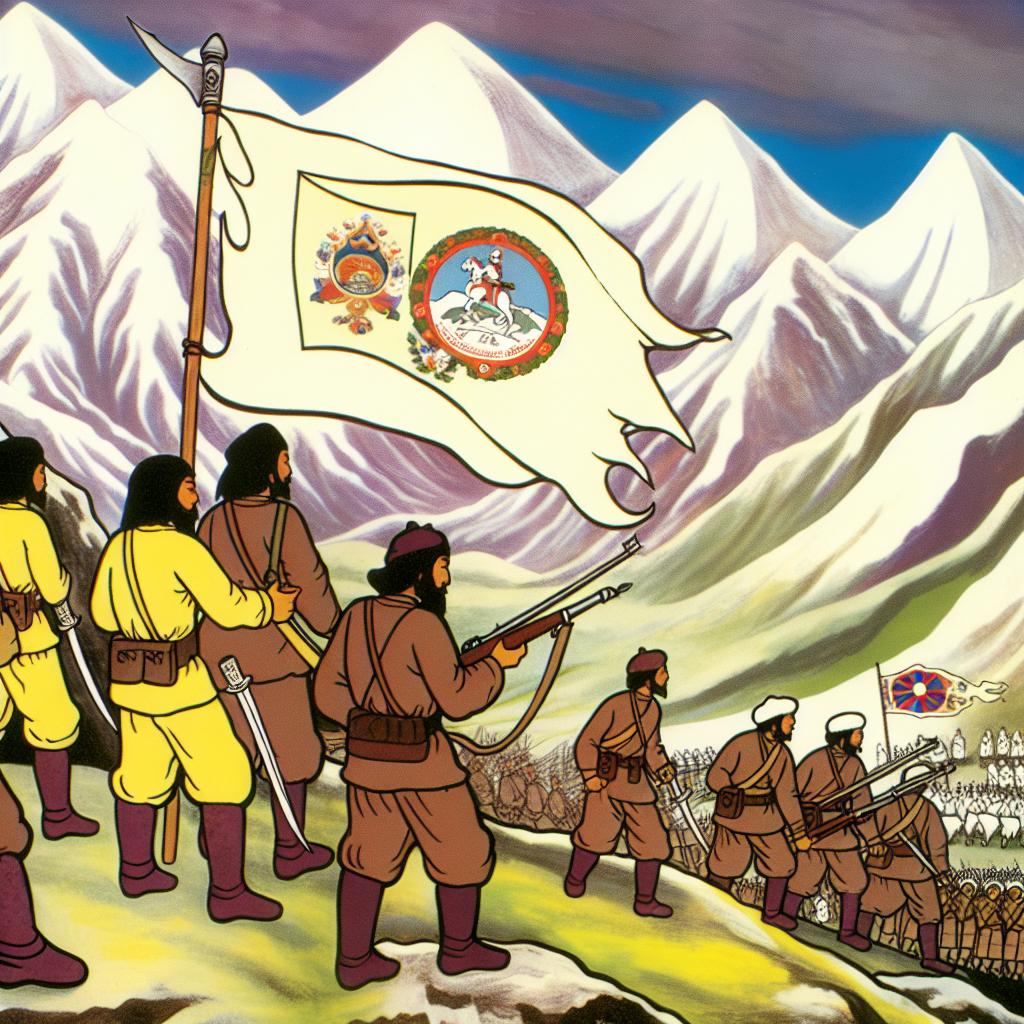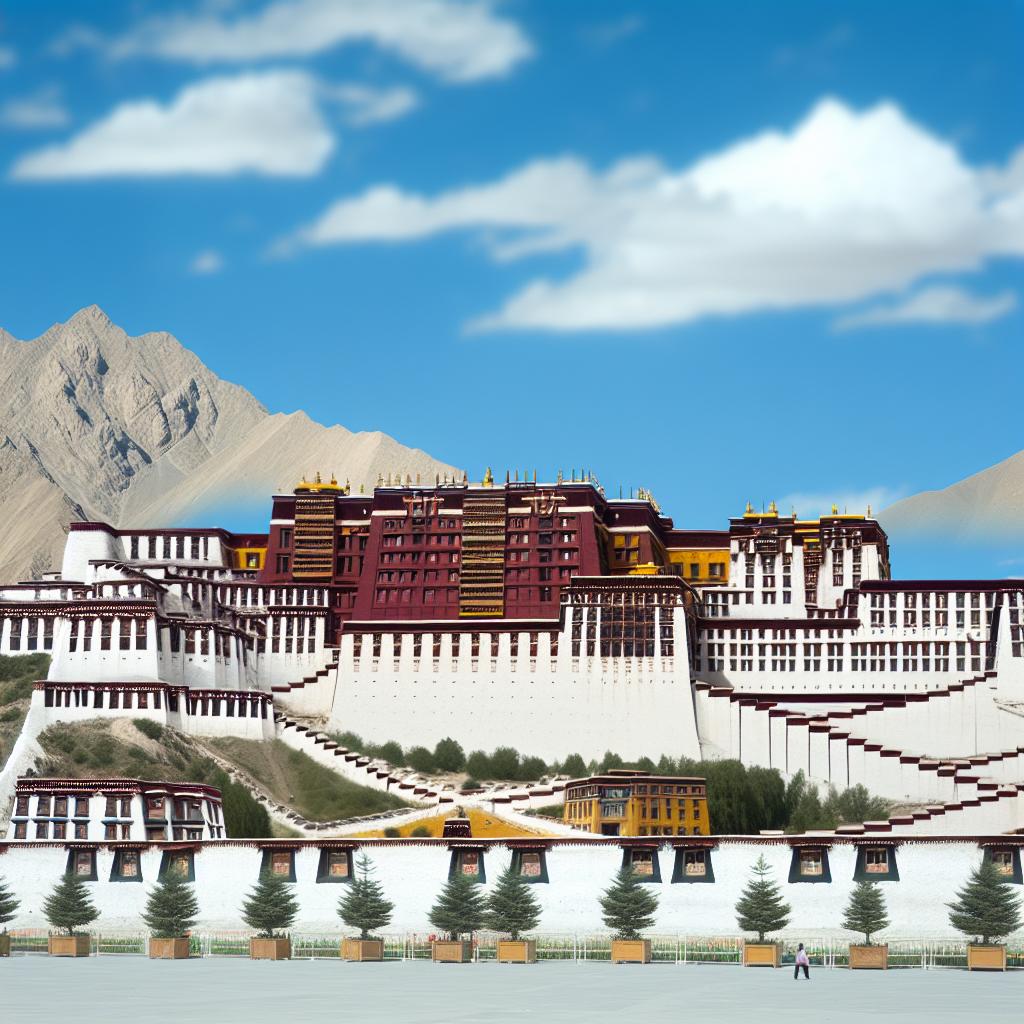The Cultural Genocide in Tibet
Cultural genocide involves efforts to systematically dismantle the core elements that define a group’s unique cultural identity, such as traditions, values, and language. In the case of Tibet, this concept is crucial for comprehending the strategies employed by the People’s Republic of China since it took control of the region in 1950. These strategies have profoundly influenced the cultural and social landscape of Tibet.
Historical Context
The genesis of cultural issues in Tibet begins with the entry of the People’s Liberation Army (PLA) into the region in 1950, marking the start of significant political and cultural changes. The ensuing Seventeen Point Agreement of 1951 was meant to assure Tibetan autonomy and the preservation of Tibetan cultural heritage. Although it offered promises, the reality unfolded quite differently. The subsequent decades saw numerous policies that systematically undermined Tibet’s cultural framework, leading to notable erosion and transformation of its cultural identity.
Religious Suppression
Religion, particularly Tibetan Buddhism, is an integral component of Tibetan culture and identity. However, this aspect of Tibetan life has come under intense scrutiny and suppression. Monasteries, which have traditionally been the epicenters of cultural education, learning, and spiritual life, faced a wave of destruction and repurposing. The Cultural Revolution from 1966 to 1976 marked an especially intensive period of suppression, during which many religious sites were obliterated or severely damaged, and traditional religious practices were either prohibited or significantly restricted. Although there was a slight relaxation in these policies following the end of the Cultural Revolution, control and surveillance over religious leaders and institutions remain rigorous and unyielding. This continuous oversight serves to curtail the full expression of Tibetan Buddhism as an integral part of cultural identity.
Language and Education
Language policy in Tibet is a poignant example of cultural assimilation efforts. The promotion of Mandarin Chinese over the Tibetan language has served as a powerful tool in cultural assimilation. Although there are provisions for Tibetan-language instruction, Mandarin is heavily prioritized, especially in urban areas and higher education systems. This language prioritization effectively marginalizes Tibetan cultural traditions, as these traditions are intimately connected to the language. The pressure on younger generations to excel in Mandarin for socio-economic advancement further exacerbates the erosion of traditional language usage.
Demographic Changes
An important dimension of cultural transformation in Tibet has been influenced by demographic changes orchestrated through incentivized Han Chinese migration. The influx of Han Chinese into Tibetan areas has significantly altered the cultural landscape, diluting the Tibetan cultural presence in their own homeland. As a result, the indigenous Tibetans find themselves in a minority, further complicating efforts to preserve and promote their cultural heritage.
International Perspectives
These issues have not gone unnoticed on the international stage. Various international human rights organizations have documented and reported on the systematic cultural degradation taking place in Tibet. These reports bring to light the severity of the cultural erasure efforts and underline the need for international intervention and advocacy. Human Rights Watch’s report on China and Tibet is a valuable resource for those seeking a deeper understanding of human rights in the region and the global advocacy efforts underway.
Challenges in Data and Reporting
The reporting and documentation of cultural issues in Tibet face significant obstacles due to restricted access to the region. Foreign journalists and researchers encounter considerable difficulties in gaining entry, resulting in challenges for accurate reporting and comprehensive data collection. Given these restrictions, external evaluations often depend heavily on the accounts and reports from Tibetan exiles and non-governmental organizations (NGOs), which gather information through various channels.
In Conclusion, the notion of cultural genocide in Tibet encompasses a wide range of policies and practices that have deeply impacted the Tibetan identity. Suppression of religious practices, language assimilation policies, and demographic shifts all contribute to the dilution of the unique Tibetan culture. Addressing this issue requires relentless monitoring, advocacy, and a commitment to preserving the irreplaceable heritage of the Tibetan people. The ongoing efforts by international organizations and Tibetan communities worldwide are crucial for ensuring that Tibet’s cultural legacy is safeguarded for future generations.




